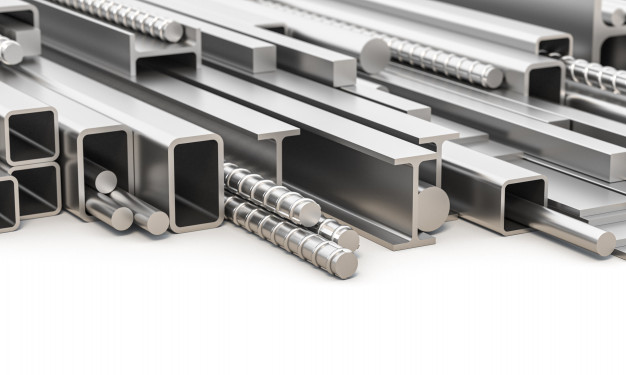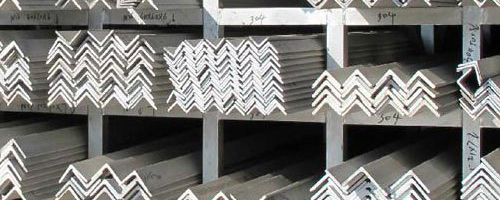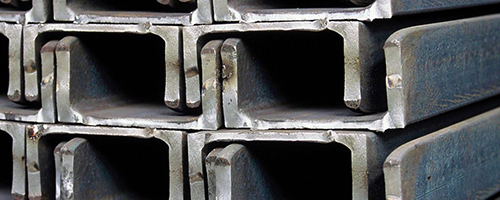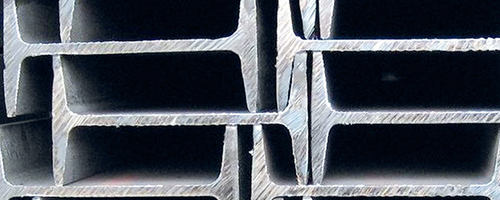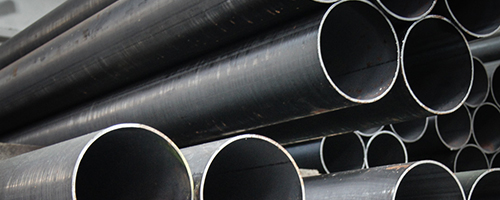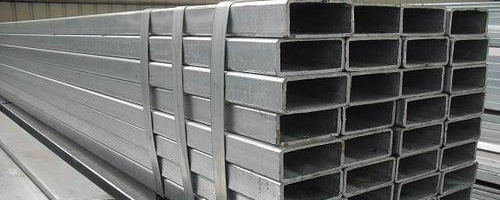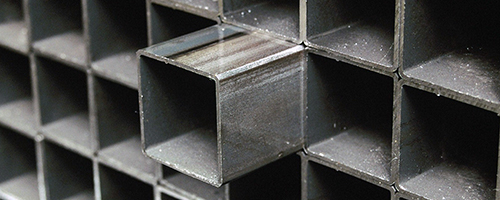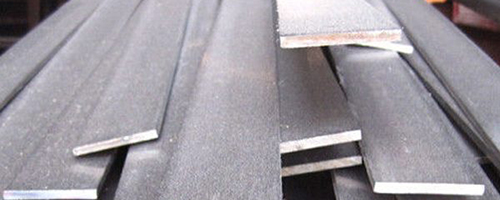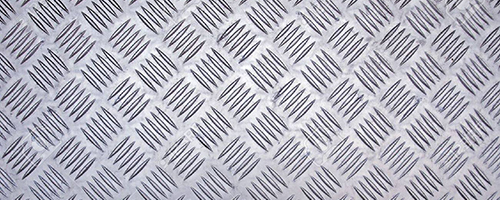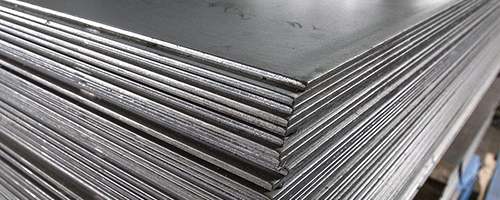Compressed air is air stored under greater pressure compared to atmospheric pressure to be utilized for energy transfer in industrial processes and lots of applications:
What is a compressed air tank
Air receiver tanks are completely essential for any compressed air system, not just acting as a buffer but additionally permitting the system to perform more effectively. Compressed air tanks have huge pressure and are essential for the air compressor system so they should be made to be exceptionally quiet and strong.
Compressed air tanks allow manufacturers to utilize air once the compressor is not working and they also supply extra air to the system in periods of excessive usage.
Primary tanks are placed close to the air compressor systems and work as a tank. Secondary tanks are placed far from compressor systems but are still close enough to devices that need huge amounts of air.
The need for air tanks in compressed air systems
The air receiver tank is a crucial part of the compressed air system. The size of the tank is 6 to 10 times the flow rate from the compressor system. The receiving tank is generally 150 cubic feet (minimum) of compressors at a rate of 25sqm at 100 lbs.
It is a compressed air tank that you can use throughout maximum demand. The tank minimizes pulse in the system. The pulse is generally the result of a periodic downstream function or a frequency compressor.
Compressed air tank perform
- Energy storing (for urgent requirements)
- Steady pressure
- Effect of pulse on gas equipment.
- For the deposition of water, grease, and dirt in the air
- Enhance continuity and balance of gas production equipment
- Decrease repeated start of the compressor, increase its life
Portable compressed air tanks include
- Air filling up valve: The valve that you link to when you fill-up the tank using a compressor.
- Air Turn off Valve: Button turns to stop air loss from the tank when not in application.
- Air pressure meter: Shows air pressure within the tank in addition to how loaded the tank is.
- Pressure tank: The approximated pressure tank that keeps compressed air.
- Flexible hose: A hose in order to connect compressed air with the tank.
Standards for the choice of the compressed air tank
To make sure that it will last for years to come and will be capable to deal with the regular use pressures, it is essential to purchasing from trustworthy brands, however, if you wish something custom-made to fit the particular specifications for your place and air needs, then we can produce any kind of air receiver tank to order - with painted or unique layers, hot soak galvanizing, and stainless steel, available too. Call us (+61 2 9944 0795) or visit our website Promec Engineering Pty Ltd to enquire.
View more here: Promec Engineering Pty Ltd













